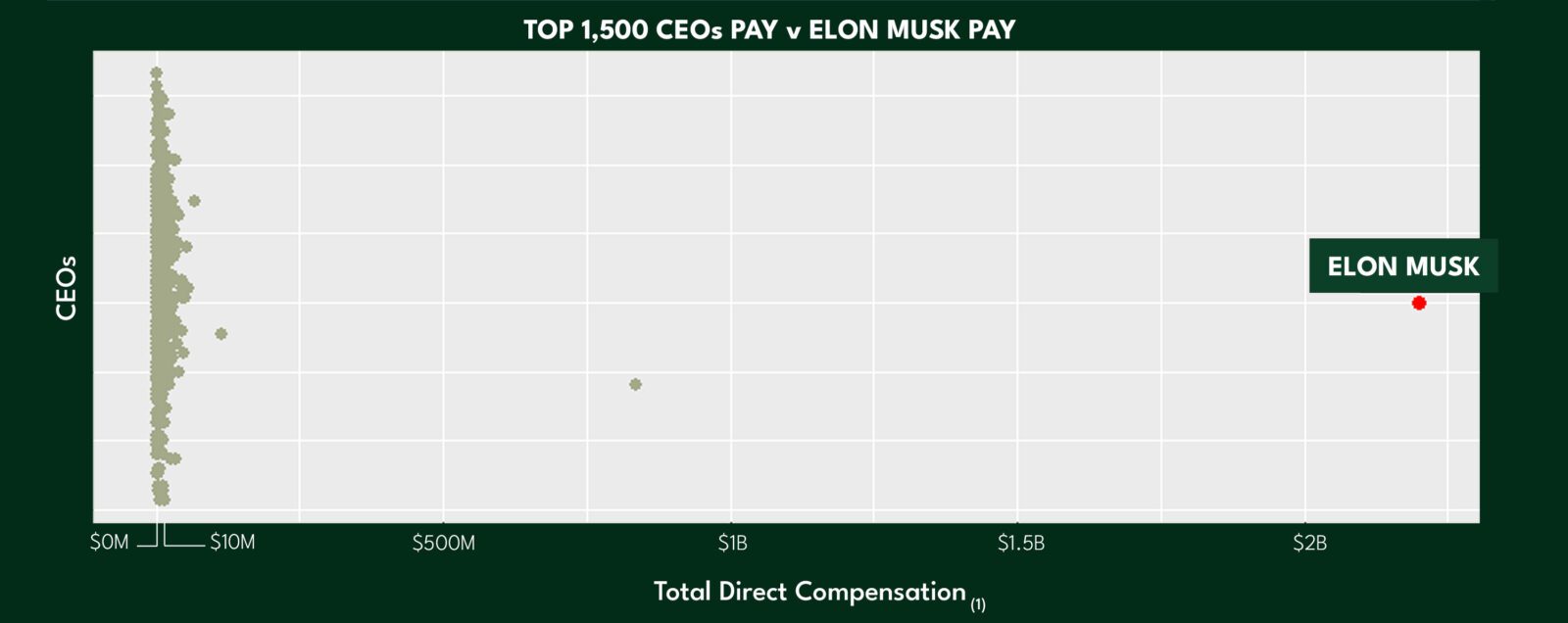2023 Compensation Committee Priorities
A recent poll conducted found that 98% of CEOs expect a recession in 2023, although there is little agreement on the duration or severity. While economic uncertainty will be an influencer of compensation committee meetings and decisions on executive pay throughout 2023, there are a number of priorities Compensation Committees may consider for the 2023 agenda. Here are our top 7 priorities for the Compensation Committee to consider.
1. Incentive Plan Goal Setting
Setting challenging yet achievable goals for both short-term and long-term incentive plans becomes more difficult given the potential for a economic downturn. There are many strategies committees can consider, including widening threshold and maximum performance hurdles, adding and/or increasing the weighting of non-financial goals, using relative metrics and incorporating shorter performance periods, maintaining current goals, etc. To limit shareholder concerns, adjustments should be considered at outset rather than adjusting results at the end of the period should performance not meet expectations.
Takeaway: Zayla recommends compensation committees ensure incentive plan goals are meaningful and achievable, balancing shareholder demands for growth with employee motivation and retention. During a downturn, this often leads to broader incentive “shoulders” with slightly lower thresholds but more challenging target and stretch goals.
2. Review Historic Market Data as History
Given the hyper competition for talent and the hyper inflation of 2022, compensation changes made in 2022 were of historic proportions. These changes will likely not be reported until 2023 surveys are completed and proxies are filed. Given the rate of increase experienced in 2022, there will be a natural need to keep up with what has already happened. However, the significant 2022 compensation increases are not likely to spill over into 2023 compensation practices.
Takeaway: While market data has a heavy influence on executive compensation decision making, Zayla recommends compensation committees to take in the entire picture: company strategy, past performance, future performance expectations, compensation philosophy, tightness in the labor market, corporate culture, and individual considerations.
3. Regulatory Changes
Three major SEC regulations will be key agenda items in 2023: Pay Versus Performance, Clawbacks and 10b5-1 trading plans. Decisions will need to be made regarding financial metrics, TSR peer groups and placement of the pay versus performance table within the proxy. Committees and management will need to ensure trading policies align with new 10b5-1 regulations. Later in 2023, clawback policies will need to comply with the new SEC requirements which will likely require modifications. More recently, the Federal Trade Commission’s proposal to ban noncompete clauses could eventually affect the way many companies have historically handled executive employment agreements, compensation arrangements, retirements, etc.
Takeaway: Zayla recommends compensation committees stay informed on emerging pay v. performance, clawback, 10b5-1 and non-compete legislation.
4. ESG in Incentive Plans
Institutional shareholders continue to emphasize public company progress on ESG initiatives and improvements in disclosures – regardless of the potential for economic uncertainty in the near-term. Although there is no current requirement that ESG metrics be included in incentive plans, we found that 67% of S&P 500 companies noted their use in fiscal year 2022, and increase from 52% use in 2021. Undoubtedly, ESG incentive metric use will rise in S&P 500 and possibly smaller companies in 2023. Determining whether, and how, to include ESG in executive compensation will be an ongoing discussion for committees in 2023 and beyond.
Takeaway: Zayla recommends compensation committees take a measured and thoughtful approach to incentive metrics, ensuring there is appropriate balance among key strategic initiatives that drive shareholder value and the possible inclusion of ESG metrics.
5. Merger & Acquisition Activity
While most studies point to an expected recession in 2023; however, business leaders fully recognize expense cutting is a tough road to growth. Add the significant pullback in Merger & Acquisition (M&A) activity during the last half of 2022 due to market volatility, and many investment bankers are expecting higher M&A deal volume in 2023. A recent pulse survey by PWC suggests 35% of survey participants expect M&A activity in the next 12 – 18 months. Here are a few considerations to help prepare for potential M&A activity.
Takeaways:
- Conduct succession planning to identify current skills and gaps, so when M&A activity comes up, the fit of the two organizations can readily be assessed.
- Review change of control and employment agreements to ensure they will protect employees in the event of a qualified termination during a change of control. Unprotected employees can create unnecessary fears, and early departures can derail a potential deal.
- Analyze any potential 280G safe harbor exposure. Whether public or private, 280g excise taxes can become problematic. There are a number of viable solutions like prior years compensation, consulting and non-compete agreements to help offset these liabilities, but as the saying goes an ounce of prevention is worth a pound of medicine.
6. Growing Workload of the Compensation Committee
Compensation Committees are taking on additional roles and responsibilities beyond the traditional compensation and benefits programs. Company wide human capital management, and community wide social and environmental engagement are in the middle of more committee agendas. This has ranged from board diversity to employee compensation equity to social programs that exist through the employee, customer, stakeholder, and community relationships. Add the inclusion of environmental, social and governance (ESG) programs into incentive plan metrics, and it’s easy to understand how the compensation committee agenda has grown dramatically.
Takeaway: Zayla recommends compensation committees adopt a simple compensation committee calendar that outlines each topic, when it’s reviewed and approved, and who has responsibility. These simple calendars help everyone in the process stay organized and ensure good governance.
7. Exercising Good Business Judgement
When revenue growth slows and stock prices drop, shareholders tend to sharpen focus on executive compensation – particularly in public company situations where a committee’s discretionary decision-making favors management. While committees should always be able to provide solid rationale when leaning on discretionary authority for compensation decisions, this type of potential market environment requires disclosures that will illustrate how such decisions support shareholder interests. While shareholder sentiment is an important consideration when determining executive pay, it is not the sole determinant. Compensation Committees are elected to apply their own business judgement. In particular, during a recession, there are number of factors a compensation committee and management can consider utilizing to weather economic volatility.
Takeaway: Zayla recommends compensation committees listen to, and consider, shareholder sentiment. However, our experience suggests the best board members wake in all factors, not just shareholder views, and apply their business judgement to ensure compensation and governance decisions help their company and management navigate near-term volatility and set their companies up for future success.



